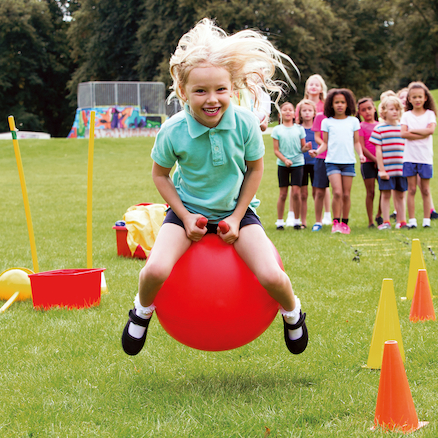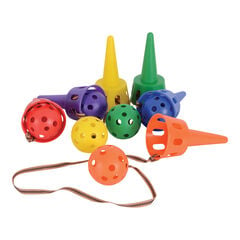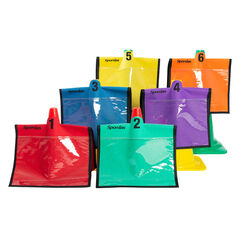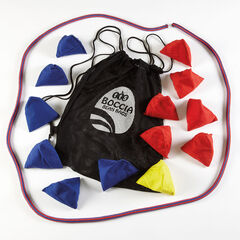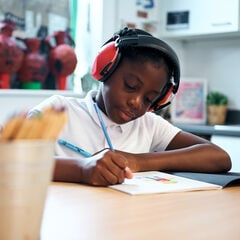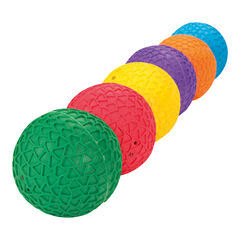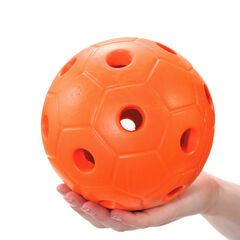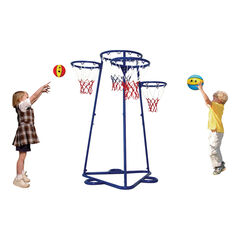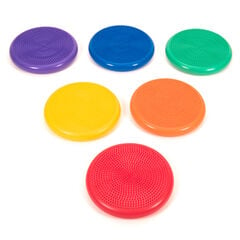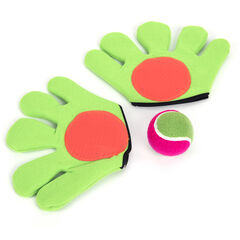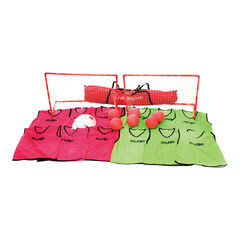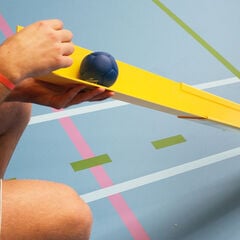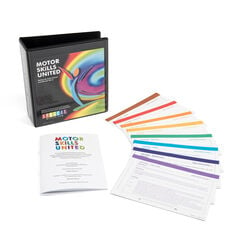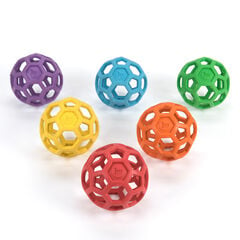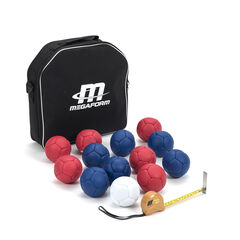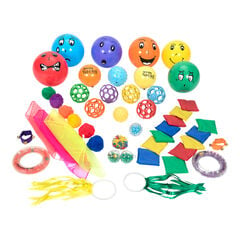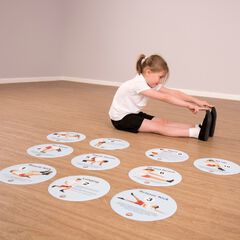The National Curriculum states that all children should have the opportunity to engage in physical education. In order to make this possible for young people with special educational needs or disabilities (SEND), schools are required (under the Equality Act 2010) to make reasonable adjustments to their provision. This provision should not only allow them to access but also succeed in physical activities.
A high-quality physical education curriculum inspires all pupils to succeed and excel in competitive sport and other physically-demanding activities.
National Curriculum
Here are 10 top tips to think about when planning for inclusive PE:
1. Plan, prepare and anticipate
Imagine the PE lesson through the eyes of the child and anticipate the barriers to learning they may face. Think about and plan ways you can adapt activities to make them more accessible. In some activities, pupils with SEND will be able to take part in the same way as their peers. In others, differentiation or adaptation will be needed. This may include modified or personalised activities, parallel activities (working towards the same objective with a different activity), playing disability sports or the resources used.
Lessons should be planned to ensure that there are no barriers to every pupil achieving.
National Curriculum Inclusion Statement
2. Repetition
All young people learn through repetition and practice, and those with SEND will require even more opportunities to practice skills over and over again. This may involve revisiting skills or working on the same skill focus over a half term. Remember that knowledge is sticky, so new skills should be developed by building on already learnt skills.
3. Relevance and Purpose
For some young people, walking, sitting and standing are already more physically demanding activities. Young people with SEND, particularly those with complex physical needs, may require a more personalised curriculum that focuses on the development of their motor skills, including their agility, balance and coordination. Consider the starting point of your pupils and whether the planned curriculum is relevant. For example, is it really relevant to focus on teaching the rules of tennis if the young person is not yet able to move around the school safely?
4. All about motor skills
Motor skills are the basis for physical development. As in all lessons, start by baselining and identifying the next steps for the young person, possibly linking these to life skills. Plan for skill progression, starting from larger movements and reducing in size. For example, if you are working to develop a young person’s ability to feed themselves, start with larger scooping actions such as moving beanbags from one container to another and then gradually reduce the size of the movement. Remember that gross motor skill development will come before fine motor skills (not forgetting to develop core muscles too).
Motor Skills United Occupational Therpay Programme
5. Resources
Use the sensory and physical profile of the children to plan for the resources you use. Providing different variations of a resource such as different sizes, colours, heights and textures, can make a class activity accessible for all. For example, larger or more tactile resources may provide additional support, such as textured balls or scoring nets of varying heights. Another option could be to plan for the use of a pool. Water can offer a greater freedom of movement. If there is no pool onsite, try contacting a local school or community centre with a pool and ask about loaning their facilities.
6. Accessibility and Inclusive Environment
Use your knowledge of the children in your class to consider the sound, lighting, seating, health and safety, sensory environment and whether any additional adult support will be needed. It can be difficult to change all of these, however, if for example you know a child is sensitive to loud sounds, ensure this is addressed and planned for so that the young person can access PE successfully. This could involve smaller groups, ear defenders or opportunities for sensory breaks.
7. Equal opportunities
Although some children with SEND will require specific intervention programmes, possibly devised by a physiotherapist or occupational therapist, this should not replace their access to the whole class PE session. They should be given the same opportunity to contribute by working on associated skills at their own level or by playing suitable team games such as Boccia, table cricket, goalball or sitting volleyball.
8. Involve parents
Parents know what their children are able to do on a regular basis and the skills that they are developing. Take time to discuss with parents their thoughts and plan to incorporate these. This will also support parents to practise these skills at home.
9. Self-confidence
Young people believing in their own ability and having a positive view of PE, is essential to successful engagement. It can be very easy for children who find physical movement difficult to become disengaged and reluctant to engage. Spend time focusing on positive reinforcement and praising children for what they can do.
10. Don’t forget ‘Good Practice’
There are many strategies that are regularly used in the classroom to support young people with SEND, such as visual timetables, now and next cards and behaviour charts. If children need these in the classroom, they will also need these in PE. Consider all of these strategies that you know are important for your class and identify ways to make this possible within the PE environment. For example, use resources that clearly show children what they need to do at different points in an activity, such as sequence floor spot markers or Cross-Curricular Cone Folders.
Ultimately, inclusive P.E creates a supportive space where every child feels valued and can participate. Through catering for individual needs, adapting activities, and celebrating efforts, you can remove barriers and make P.E enjoyable and accessible to all. With the right mindset and resources, inclusive P.E is not only possible – it’s essential for every child’s well-being and development.


